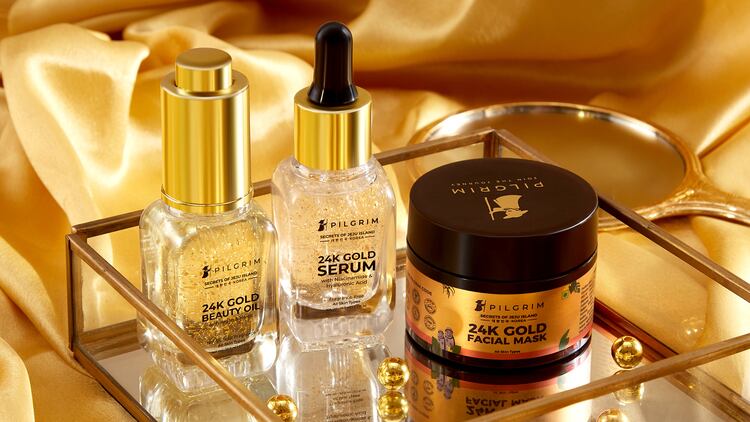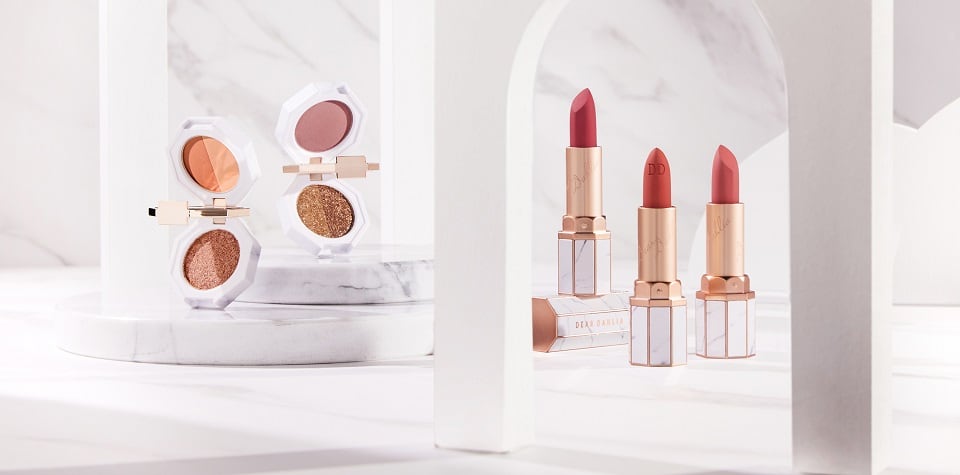Once embedded, the gold nanomaterials would be covered by other ingredients via physical absorption or chemical binding, reducing toxicological responses by the skin cells.
These findings were documented in the study titled “Dermal Toxicity Influence of Gold Nanomaterials after Embedment in Cosmetics”, published in the journal Toxics.
“Gold nanomaterials have been widely used in cosmetic products, capable of reducing the wrinkling of skin, improving skin brightening, promoting skin healing, having a cleansing effect, reducing inflammation and reactive oxygen species damage, and slowing down the collagen depletion and elastin breakdown.
“At the same time, the safety of gold nanomaterials on the skin has been of concern. Considering that the complicated ingredients of cosmetics potentially may alter the physicochemical properties of gold nanomaterials, it will be necessary to understand the toxicity behaviours of gold nanomaterials embedded in cosmetics,” said the researchers.
Hence, the researchers extracted raw gold nanomaterial from commercial facial cream and vortexed it with water in a centrifuge. The process was repeated with different substances to obtain pure precipitate and underwent further analysis on live dermal layers.
All that glitters
The researchers found that commercial facial cream containing gold possessed spherical (nanospheres) and rod-like (nanorods) nanomaterial. The primary sizes, morphologies and optical properties of the extracted gold nanomaterials were similar to raw ones. However, the hydrodynamic sizes of the extracted materials were significantly enlarged and their zeta potentials were changed to more negative upon further testing.
Gold nanospheres with the smallest size of 28.1 nm induced weak in vitro (outside biological environment) and in vivo (in the biological environment) toxicological responses. It could be alleviated after embedment in cream. Bigger gold nanospheres, with sizes of 49.1 and 73.6 nm, and nanorods, with aspect ratios of 1.9, 2.8, and 3.8, showed non-toxicity against cells but triggered weak in vivo toxicological responses. Nonetheless, this was alleviated after embedment in cream too.
The gold nanospheres showed weak cytotoxicity against epidermis cells during toxicity assessments, while the gold nanosphere cream reduced toxicity. The same phenomenon was recorded for gold nanorod cream, promoting cell proliferation.
Regarding dermal safety, gold nanospheres and nanorods were discovered to accumulate in skin tissue after 30 days of treatment. The accumulation was enhanced by the usage of nanosphere and nanorod creams. However, there was no accumulation of gold in major organs, proving that the substances could not enter the bloodstream and be transported to those areas.
In addition, gold nanomaterial cream showed a weaker response than raw nanomaterial. This factor would demonstrate the alleviation of toxicity if gold were embedded in creams.
If coated with citrate, the gold nanospheres and nanorods could cause weak cellular glutathione reduction and even cell death at the highest dose. But nanosphere creams did not induce toxicological responses in vitro or in vivo.
These results showed that the ingredients in the cream could have interacted with the gold nanospheres and nanorods, which later captured the toxic citrate and removed toxicity.
On the other hand, cosmetic creams were found to strengthen the toxicity of gold nanosheets, which probably occurred due to the interaction of the sheets with the cream ingredients, thereby contrasting the current study findings.
“At this moment, we cannot clearly understand these interactions due to the lack of exact information about the ingredients of the cream. In future studies, homemade cream can be used to investigate these physicochemical features and toxicity profiles again and clarify the roles of various ingredients.
“Based on this study, the interaction between gold nanomaterials and ingredients of cosmetics seems to play a critical role in toxicity enhancement or reduction. In future studies, the mode and process of this interaction at the molecular level should be clarified, which will be helpful to broaden the application of nanomaterials in cosmetics,” concluded the team.
Source: Toxics
“Dermal Toxicity Influence of Gold Nanomaterials after Embedment in Cosmetics”
Authors: Liu Chusheng et al.
Healthy ageing, protein and probiotics are major focus areas of our upcoming Growth Asia Summit in Singapore from 11 to 13 October. Check out big-name brands, international experts and pioneering start-ups slated to present here.




